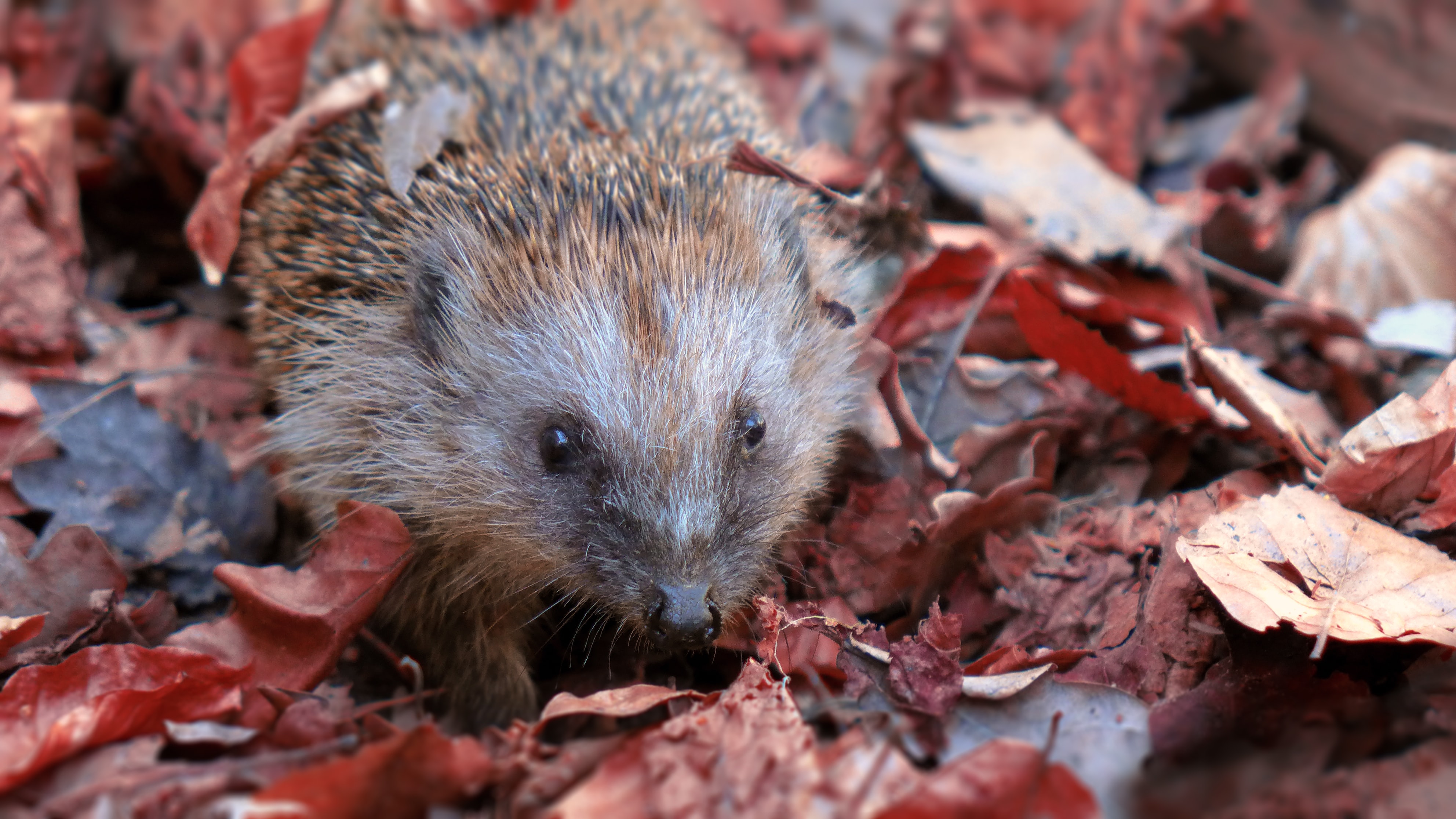Create a wildlife-friendly garden this winter – with Monty Don’s top tips
Want to ensure yours is a wildlife-friendly garden with winter coming? It’s easy with Monty Don’s advice


With winter around the corner, making yours a wildlife-friendly garden is more important than ever. Our outdoor spaces are a vital habitat for animals, birds and insects all year round, of course. But with harsher conditions on their way, the creatures that share our gardens need both food and shelter to survive.
So what should we be doing to create a garden to support wildlife this winter? One of our favourite gardeners and broadcasters, Monty Don, has been sharing top tips on his Twitter feed and we’ve been taking note so we can create safe habitats for all creatures great and small in our gardens.
We’re sharing Monty’s advice (plus some of our own) below so you can get your plot set. And for more wildlife garden ideas, check out our feature.
How to create a wildlife-friendly garden for winter: Monty Don’s top tips
To provide safe habitats for as much wildlife as possible over winter, resist the temptation to be too tidy. Leave stems, twigs, leaves and dying foliage until next Spring so there is as much cover as possible. #gardenwildlife pic.twitter.com/TqaEiRLsg5October 18, 2020
1. Too much tidiness is out if you want to provide the shelter wildlife needs in winter, says Monty. You can leave stems, twigs, foliage that‘s dying back, leaves, and so on where they are to provide cover for all sorts of garden residents, he explains.
It’s worth going a bit further, too, and actually creating shelters by piling up leaves under shrubs and hedges to give hedgehogs, other animals, amphibians and insects winter shelter. You can do the same with stems you’ve cut and twigs, too. Always put your wildlife ‘home’ in a sheltered and concealed position.
2. Monty advises that a source of water in the garden for wildlife is important. This could be a small pond or even just a half barrel, he says. If you are putting in a pond, whatever its proportions, don’t forget to include a shallow ‘beach’ area to allow easy access to the water for the wildlife.
We aren’t there yet, but remember that when freezing temperatures arrive, you’ll need to go outside and break up any ice so there’s water available daily for the creatures that inhabit your plot.
When you’re melting the water in a pond, don’t hit the ice as it sends wildlife-harming shockwaves. Instead set a saucepan of hot water on the surface until it melts a hole in the ice.
3. To feed birds in winter, put in plants with berries. Monty planted a berry border on Gardeners’ World featuring Callicarpa, also known as the beauty berry, viburnum and Leycesteria formosa or Himalayan honeysuckle to give feathered friends extra nourishment over the season.
4. While we’re talking bird food, there are plenty of other ways you can provide it. Fat balls hung in wire cages provide energy for the coldest weather. You could also put out other food such as peanuts, seeds, sunflower heads, bacon rind, and fruit to provide a balanced diet and attract different bird species.
5. Think about adding a bug or insect hotel to your garden for creatures like lacewings and ladybirds. It needs to be located somewhere sheltered. Find out how to make a bug hotel in our step-by-step guide
6. Have ivy in your garden? Don’t cut it back now. It can provide shelter for insects, and birds feed on the berries.
Read more:
- How to attract birds into your garden
- Garden ideas for kids: get them interested in the great outdoors
- How to create an eco-friendly garden

Sarah is a freelance journalist and editor writing for websites, national newspapers, and magazines. She’s spent most of her journalistic career specialising in homes and gardens and loves investigating the benefits, costs and practicalities of home improvement. It's no big surprise that she likes to put what she writes about into practice, and is a serial house revamper.
